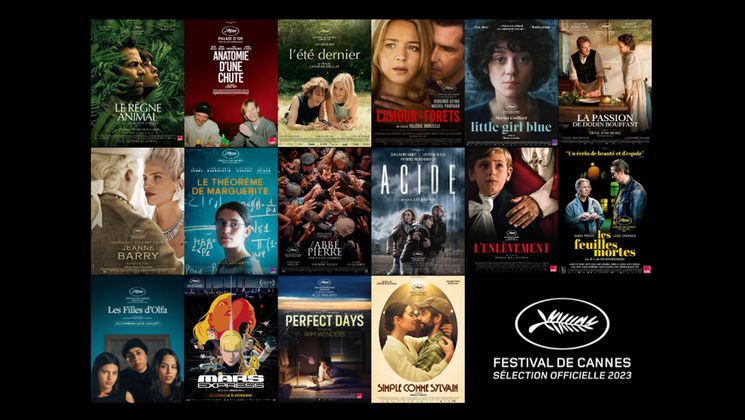
Catherine Breillat films the highly intimate in L’Été Dernier (Last Summer)

In L’Été Dernier (Last Summer), Catherine Breillat tells of the love affair between a lawyer and her 17-year-old stepson. Portrayed by Léa Drucker and Samuel Kirscher, the film is an ode to the incandescent beauty of adolescence.
What attracted you to “Queen of Hearts” (2019), the Danish feature film by May el-Toukhy, of which “Last Summer” is a remake?
I was amazed by a completely dizzying sequence in which one of the characters lies. It’s an iconic scene that perfectly illustrates Jean Cocteau’s famous quote, “I am a lie that always tells the truth.” Just for the opportunity to direct that scene, I had the incredible luck to make this feature film, which also addresses all the themes that are dear to me: lies, moralism… “Last Summer” is the synthesis of my entire body of work.
How did you make this story your own?
Completely! The Danish feature film is very raw, and that unsettled me a bit because I felt it didn’t explore what, in my opinion, is the heart of the matter: absolute adolescence. What interested me was the incandescent beauty of adolescence that permeates this story. I wanted to film this rebellion and the constant pain that adolescents sometimes carry within them.
You relentlessly explore the intimacy of your characters…
That’s what I call ultra-intimacy. Every filmmaker has a signature, and for me, I love expressionism. Cinema is the art of framing, and my obsession is to fascinate the viewer with every shot. I also take care to visually anchor my films in a deliberate slowness. The rhythm is an important element to tame so that cinema is not in reality but in truth.
“I wanted to move from the carnal plane to that of love and film ecstasy rather than pleasure.”
After sexual impulses, you examine the fullness of love…
What I aspire to is to reveal the faces of these naked bodies and achieve the transmutation from the trivial to the divine. That is, to move from the carnal order to the order of love and film ecstasy rather than pleasure. I don’t want to show bodies but the souls of the characters through them. Let’s not forget that we are complex beings with deep emotions.
How did you go about filming something so invisible?
We didn’t conceptualise anything. I usually experiment and choreograph everything with my body to feel things and better convey them on screen. I start from the position and feeling experienced by the character, and then I strive to find the means to film their body with as much truthfulness as possible. With one particularity: I love close-up shots of faces.
How did you direct your actors?
I asked Samuel and Léa to be fifteen years old. I particularly wanted Léa to have no questions and play as if she were a teenager. She had to have sparkling eyes and behave like a child. I no longer wanted the question of an age difference to arise. I molded my actors with a passionate love for cinema to achieve excellence.
The film’s imagery has very little contrast. Why?
I detest contrast. I always fight during colour grading to avoid further contrasting the image of my films. I love evanescence, the whiteness of skin. I wanted Léa to have steel blue eyes and be pale. I also wanted to let the summer light enter and flood the frame. When you create contrast, you take away all the poetry.
What were your inspirations when directing this feature film?
For each of my films, my masters are the same: Elia Kazan and Baby Doll (1956), but also Ingmar Bergman with Sawdust and Tinsel (1953) and Persona (1966), or even Eisenstein with Ivan the Terrible (1944). I also draw a lot on the art of the great masters of painting from the 16th and 17th centuries. This time, I was inspired by Caravaggio, who is the most cinematic of the great painters.


